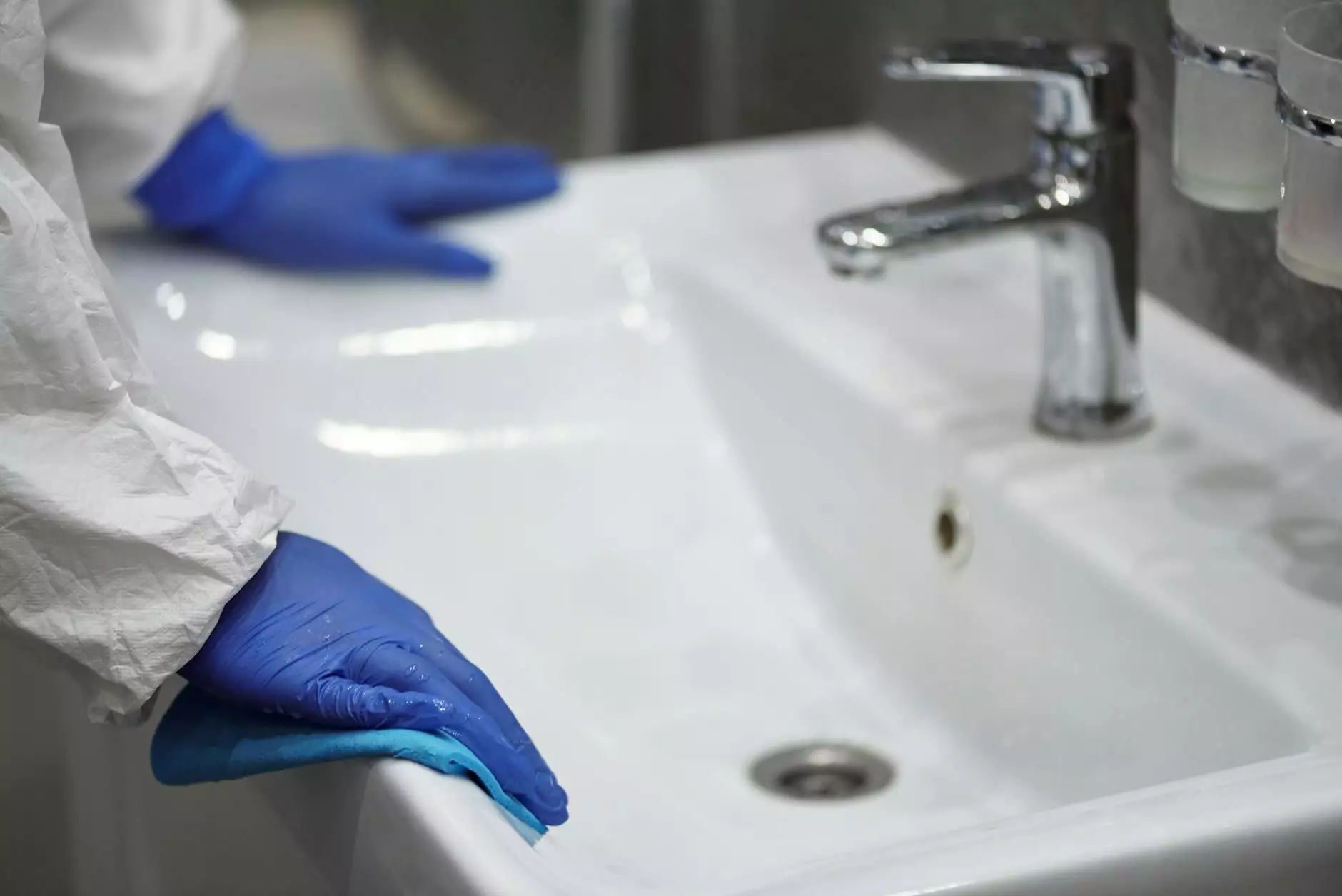Surgical Removal of Fibroids: A Comprehensive Guide

Uterine fibroids are non-cancerous growths that develop in the uterus, often during childbearing years. These fibroids can lead to a range of symptoms, including heightened menstrual bleeding, pelvic pain, and complications during pregnancy. For many women, understanding the decisions surrounding the surgical removal of fibroids is crucial for health and quality of life.
What Are Uterine Fibroids?
Uterine fibroids, also known as leiomyomas or myomas, are composed of muscle and fibrous tissue. While the exact cause of fibroids remains unknown, they are believed to be influenced by hormones, particularly estrogen and progesterone. These growths can vary significantly in size—from as small as a pea to as large as a grapefruit. It is common for women's fibroids to be found incidentally during routine pelvic exams or imaging tests.
Symptoms of Uterine Fibroids
Many women with uterine fibroids experience no symptoms at all. However, when symptoms do occur, they can include:
- Heavy menstrual bleeding (menorrhagia)
- Prolonged menstrual periods
- Pelvic pressure or pain
- Frequent urination
- Difficulty emptying the bladder
- Pain during intercourse
- Lower back pain
Diagnosis of Fibroids
Diagnosing uterine fibroids typically involves several methods. Physicians may conduct:
- Pelvic exam: A manual exam can often detect fibroids.
- Ultrasound: This imaging technique provides images of the uterus and reveals any growths.
- MRI: Magnetic resonance imaging can offer detailed images of the uterus, helping determine the size and location of fibroids.
- Hysteroscopy: This involves inserting a thin device with a camera into the uterus to view fibroids directly.
When Is Surgical Removal of Fibroids Necessary?
The decision for surgical removal of fibroids is not taken lightly. Surgical options are generally considered if:
- The fibroids cause significant symptoms that impact quality of life.
- Other treatments, such as medication or non-invasive options, have not been effective.
- The patient wants to preserve fertility or improve pregnancy outcomes.
Types of Surgical Procedures for Fibroid Removal
There are several surgical options for the removal of fibroids, each with its own advantages and considerations:
1. Myomectomy
Myomectomy is a surgical procedure for the removal of fibroids while preserving the uterus. This is particularly suitable for women who wish to maintain their fertility. The fibroids can be removed using various techniques:
- Open Myomectomy: This traditional approach involves a large incision in the abdomen to access the uterus.
- Laparoscopic Myomectomy: Utilizing smaller incisions and a camera, this minimally invasive procedure results in reduced recovery time.
- Hysteroscopic Myomectomy: This technique is used for fibroids that protrude into the uterine cavity. It involves removing fibroids through the vagina and cervix without incisions.
2. Hysterectomy
A hysterectomy involves the removal of the uterus entirely and may be recommended for women with large or symptomatic fibroids who do not wish to retain their uterus. This can be performed as:
- Abdominal Hysterectomy: This approach involves an incision in the abdomen.
- Laparoscopic Hysterectomy: A minimally invasive procedure that allows for a quicker recovery.
- Vaginal Hysterectomy: Removing the uterus through the vagina, usually when fibroids are not excessively large.
3. Uterine Artery Embolization (UAE)
Uterine artery embolization (UAE) is a non-surgical procedure that blocks blood vessels supplying fibroids, causing them to shrink. This may be recommended for women who wish to avoid surgery.
Benefits of Surgical Removal of Fibroids
The benefits of undergoing the surgical removal of fibroids can be substantial:
- Relief from Symptoms: The most significant benefit is alleviation from symptoms such as heavy bleeding and pelvic pain, drastically improving the quality of life.
- Improved Fertility: In women seeking to conceive, removing fibroids can enhance their chances of a successful pregnancy.
- Prevention of Complications: Regular monitoring can help avoid complications associated with larger fibroids, such as anemia from heavy bleeding or pressure effects on nearby organs.
Risks and Considerations
While many women benefit from surgical removal of fibroids, there are potential risks involved, including:
- Infection: As with any surgical procedure, infections are a risk.
- Bleeding: Excessive bleeding during or after surgery can occur.
- Scar Tissue: Formation of scar tissue can lead to complications in future pregnancies or cause pain.
- Fibroid Recurrence: New fibroids may develop after surgery, particularly if a myomectomy is performed.
Recovery Process Post-Surgery
The recovery process varies depending on the type of surgery performed.
Myomectomy Recovery
Recovery usually involves:
- Hospital Stay: Patients might spend 1 to 4 days in the hospital, depending on the surgical approach.
- Activity Restrictions: Avoiding heavy lifting and strenuous exercise for several weeks is typically advised.
- Follow-Up Care: Regular follow-up appointments are necessary to monitor recovery and any future developments.
Hysterectomy Recovery
Recovery from a hysterectomy can involve:
- Longer Recovery Time: A hysterectomy generally requires a longer recovery period than a myomectomy.
- Hormonal Changes: If the ovaries are removed, hormonal treatments may be necessary.
- Emotional Support: Emotional and psychological support may be beneficial post-operation, especially if considering future family planning.
Living After Fibroid Surgery
After surgical removal of fibroids, women often report a significant improvement in quality of life. Regular check-ups with healthcare providers ensure any changes are monitored, and maintaining a healthy lifestyle may help reduce the likelihood of fibroids returning.
Conclusion: Making Informed Decisions
The journey of understanding and deciding on the surgical removal of fibroids encompasses a variety of considerations. Women facing this decision should engage in open discussions with their healthcare providers, ensuring they grasp the risks and benefits associated with each treatment option. The road to reclaiming good health post-fibroids can lead to a renewed sense of vitality and wellbeing.
For further information and resources about surgical options for uterine fibroids, consider visiting professional websites such as drseckin.com, where expert advice and support is available for women navigating these health challenges.









